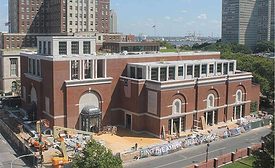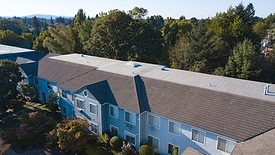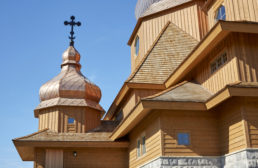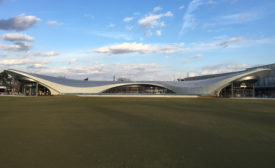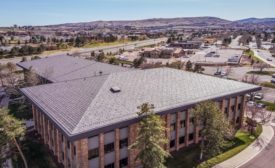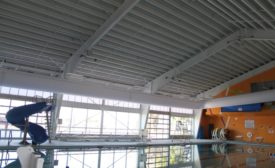Roofing Project Profiles
Project Profile: Copper Roofing Restores Canadian Church
Design team turned to copper for its sustainable and reliable qualities
Read More
Be in the forefront of the roofing industry!
Join thousands of professionals today. Shouldn’t you know what they know?
JOIN NOW!Copyright ©2025. All Rights Reserved BNP Media.
Design, CMS, Hosting & Web Development :: ePublishing
